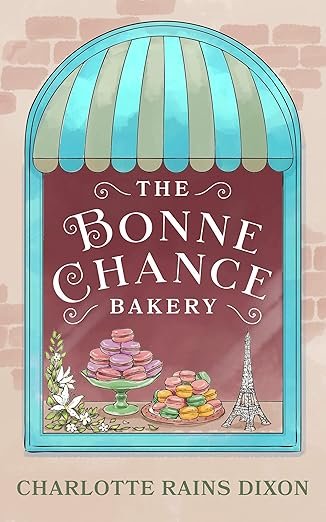An Approach to Writing Scenes
During one of the free sessions I did last month, I talked with a writer about foreshadowing and how sometimes getting it in is really clunky. Like, you might as well scream it from the rooftops, "I'm foreshadowing something important here," clunky.
And since I went right from that session to working on a chapter for a novel, I thought about how sometimes writing a scene is like that, too. Sometimes everything is just too obvious: your dialogue is informational, and the point of the scene might as well be written in neon.
But sometimes if not always, you've got to let obvious rule the day, knowing that you can come back later and smooth it out, tamp it down, and make it less obvious.
As I was writing and pondering all this, a sort of seat-of-the-pants framework for writing scenes occurred to me. Actually that makes it sound like it was a new idea, and it wasn't. Rather, it was a discovery of my process, which occurred to me might be helpful to you.
So here it is (and this applies to all kinds of scenes, fictional and non-fiction, as in a memoir):
1. Note the elements of the scene. You can do this on a notepad or in your head, but I'm so visual I like to write it down. This is just a list of the things that you know have to happen in the scene, plain and simple.
2. Trust yourself and begin writing. Plunge in, the water's fine. Actually the water is probably a bit cold and scary at first, but shortly you'll get used to it and wonder why it took you so long to jump. And here is one of the most important things I can impress upon you (and remember myself): more nuances of the scene will come to you as you write.
3. Use the concept of the placeholder. Sometimes you know you need to get something in but there's no clear way not to make it clunky. Just put it in, as noted above, knowing that you can come back to it and make it work later.
4. Write the scene all the way through. The writing can be bad, the dialogue stilted, the descriptions laughable, but you'll have a finished scene. And now you've got, on paper, all the elements of it (and you've probably discovered more as you followed #2).
5. Rewrite and move on. I'm a big believer in writing the discovery draft from beginning to end and then starting on a second draft, but I also like to do a rough rewrite of chapters as I'm writing the discovery draft. This feels like part of the shaping of the story to me–so much comes out in this process that it's good to hone it a bit.
So that is my process for writing scenes, what's yours? Do you tear your hair out over getting all the elements in or is an easy thing for you? Please comment!
And don't forget the upcoming Authenticity + Creativity class that is coming up next Tuesday. Woo-hoo! Square-Peg Karen and I are going to be rocking and rolling this topic. Just click the snazzy button to the right for more info.

J.D.
This is great stuff, Charlotte. I’ve tried to incorporate scenes. Some of my early writing was like one long-running scene dotted here and there with a little driving between streets. After I let it sit a day or two, it was painful to read again. I like the idea of a stage with some goal to be accomplished at the end of the scene. Thinking scenes while writing the long outline might take some of the mystery out of writing mysteries.
Charlotte Dixon
I'm glad you found it helpful, J.D. I think writing scenes is something all writers struggle with, but truly, more and more I'm learning that you learn so much about doing it by diving in. Thanks, as always, for commenting.
Charlotte Dixon
Oh, I hope this helpful for them, Jeffrey. It's funny–that's an expression I often use: root in scene. I think its one of the biggest challenges for writers. Thanks so much for your comment!
Jeffrey Davis (@JeffreyDavis108)
Charlotte: Thanks. I’m constantly seeking ways to help clients root in scenes. I’m currently trying to develop ways to help them construct scenes (in the rewriting stages) from beginning to middle to end – to design those emotional beat shifts that startle and captivate readers.
Thanks, again,
Jeffrey
Connie B. Dowell
Great advice. Sometimes the best thing to do is just write and know that you can do as many drafts as you need to. Thanks again for our call!
Charlotte Dixon
I loved talking to you, Connie, and wish you all the best luck with your novel–I know you're working hard on it, making your own luck!